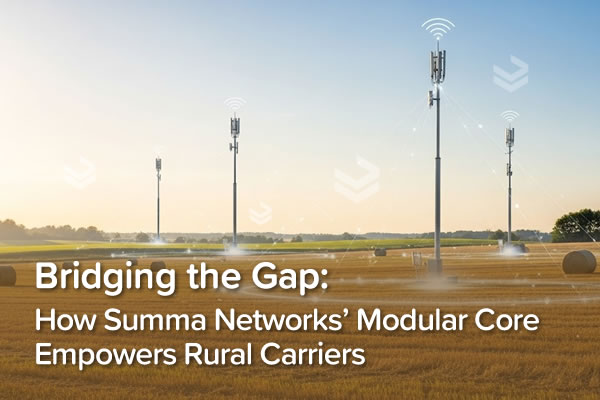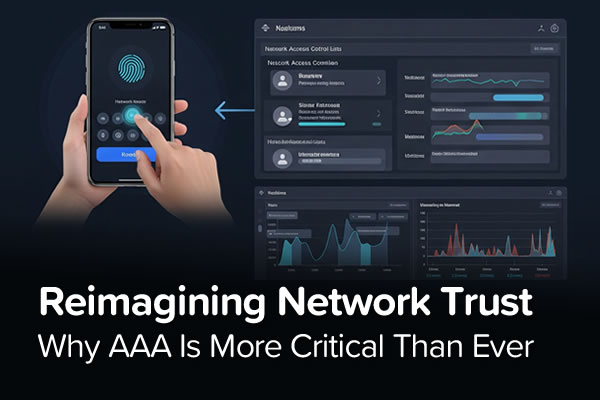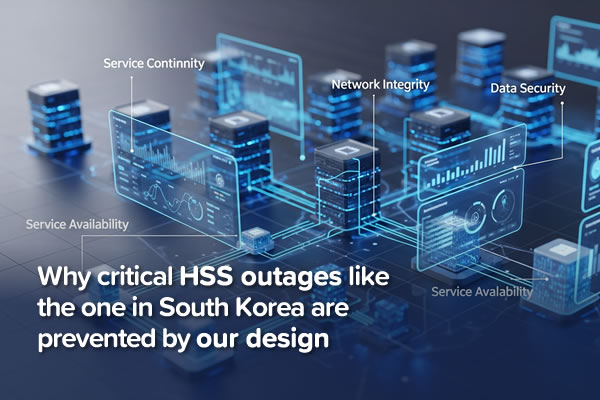The global phase-out of 2G and 3G networks is forcing a transformation in how operators deliver voice services—especially for roaming users. In this new environment, IMS (IP Multimedia Subsystem) and VoLTE (Voice over LTE) are no longer optional technologies. They have become essential components for ensuring seamless, high-quality roaming experiences in 2025 and beyond.


As the demand for reliable and high-quality mobile connectivity grows in underserved and remote regions, rural carriers face a unique set of challenges. Limited budgets, lack of legacy infrastructure, and the need to offer both traditional voice and modern IP services mean they require solutions that are both powerful and adaptable. This is where Summa Networks' Modular Core comes in — a flexible, full-stack mobile core designed to evolve with your needs.

The Caribbean region has seen notable progress in digital connectivity over the past decade, with high-speed internet coverage expanding significantly and mobile networks becoming more robust. Despite these advances, nearly half of the population in the Caribbean islands remains unconnected, and there are persistent challenges related to affordability, digital skills, and infrastructure. Universal Service Funds have helped extend coverage, but gaps in usage and quality remain, especially in rural and underserved areas.

As mobile networks evolve toward 5G and beyond, the ability to securely manage who connects, what they can do, and how those actions are tracked isn’t just a feature — it’s the foundation. This is where AAA (Authentication, Authorization, and Accounting) becomes indispensable.

Historically, satellite communication was reserved for the “unreachable” — distant islands, deserts, or mountain ranges. But that paradigm is rapidly dissolving. Thanks to the rise of Low Earth Orbit (LEO) constellations and falling launch costs, satellites are now being considered a viable — and increasingly essential — part of mobile and broadband networks.

Recently, South Korea’s largest mobile network provider experienced a nationwide service disruption that left over 13 million users without voice and data connectivity for several hours.

